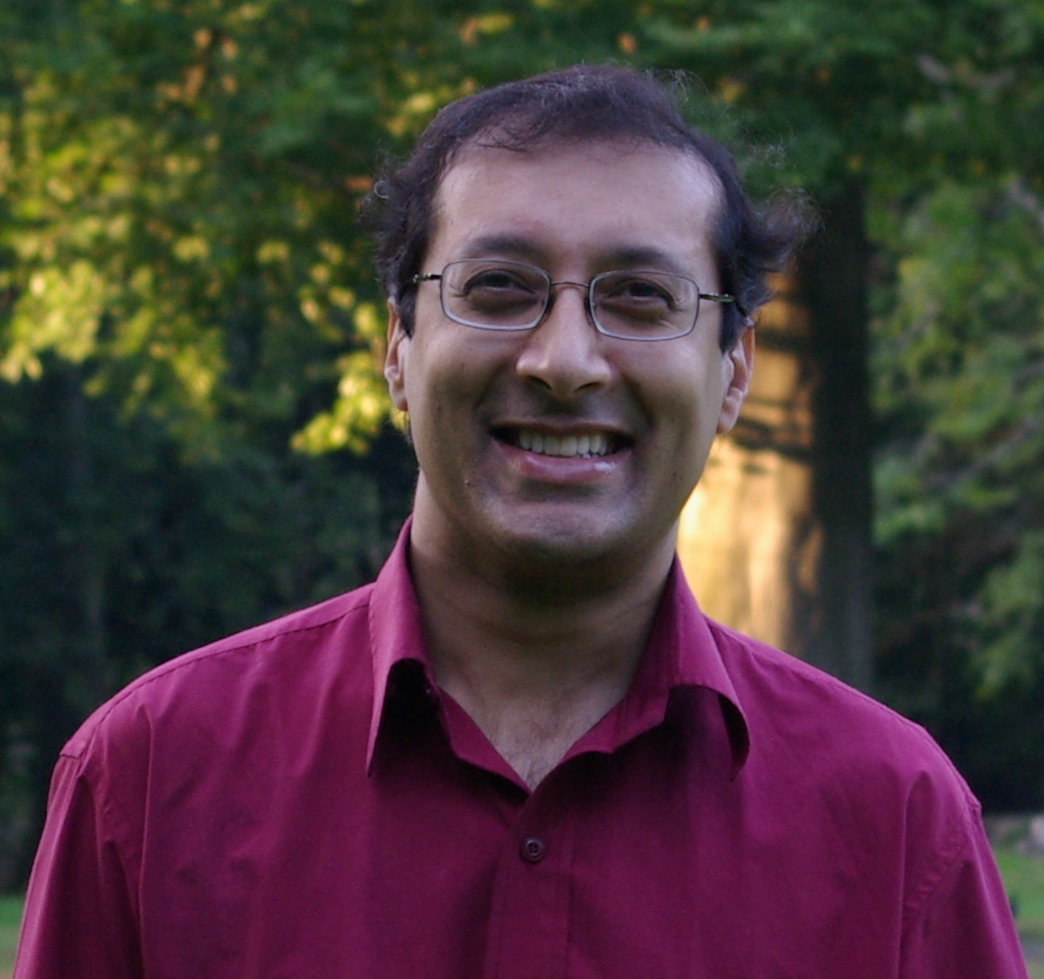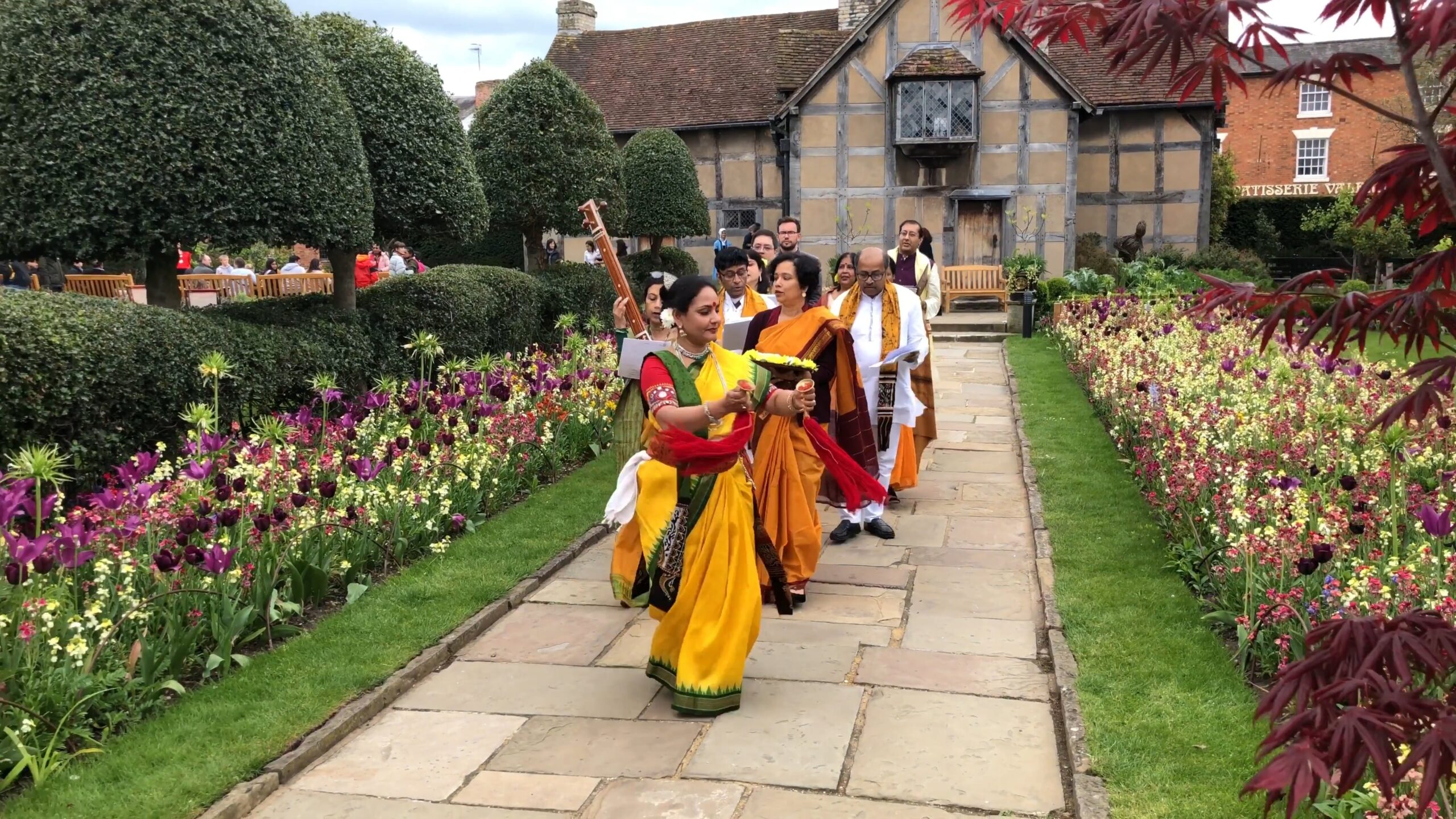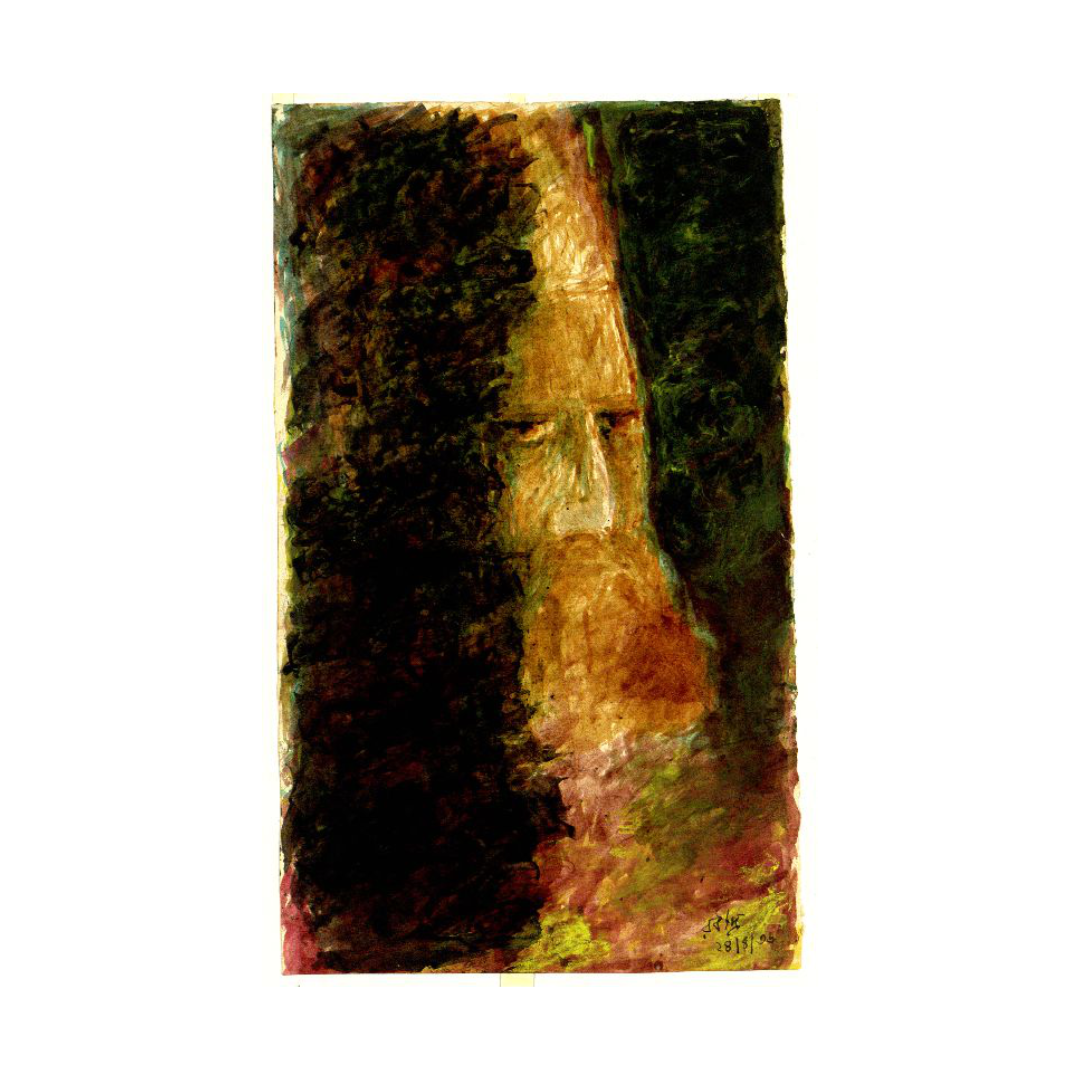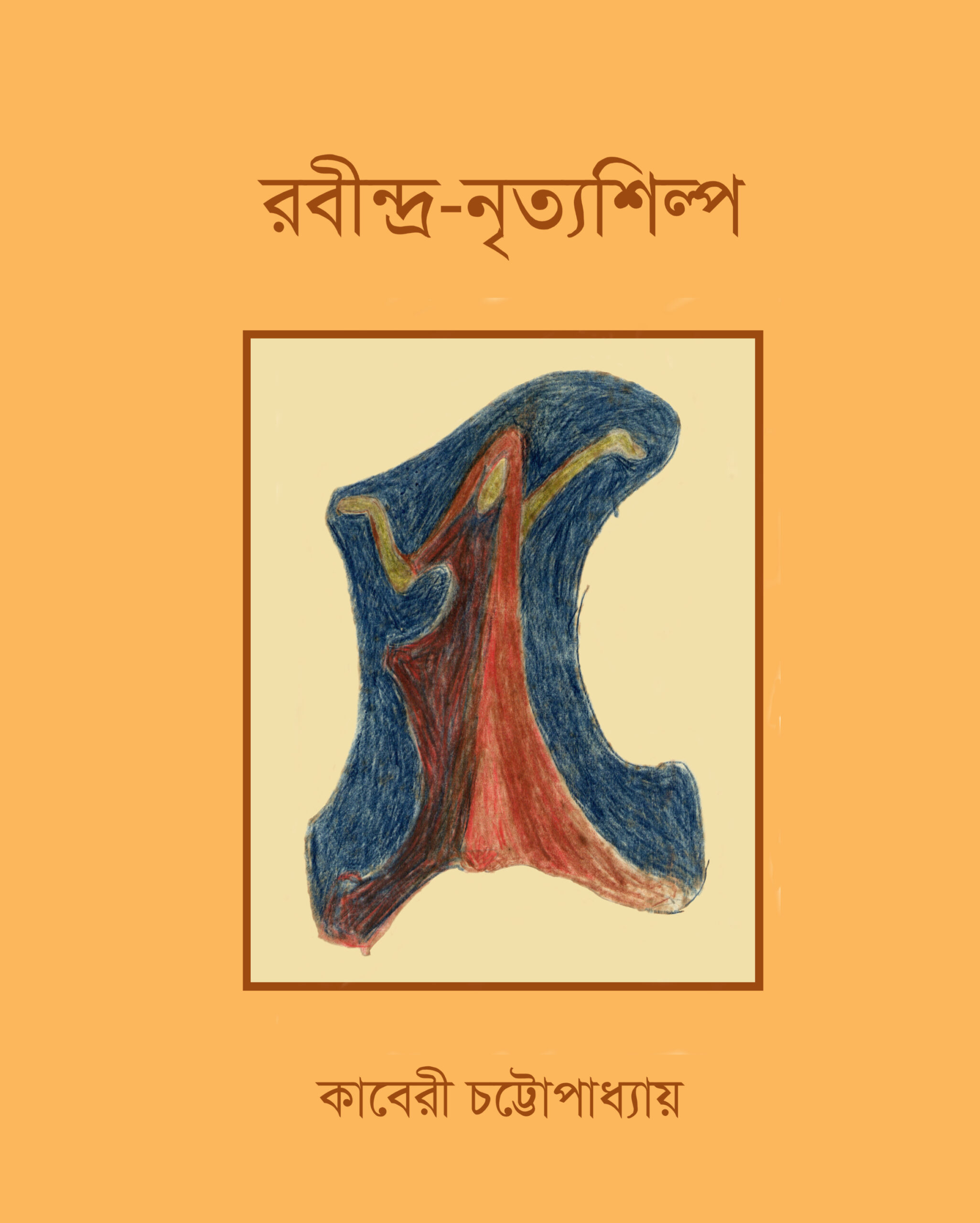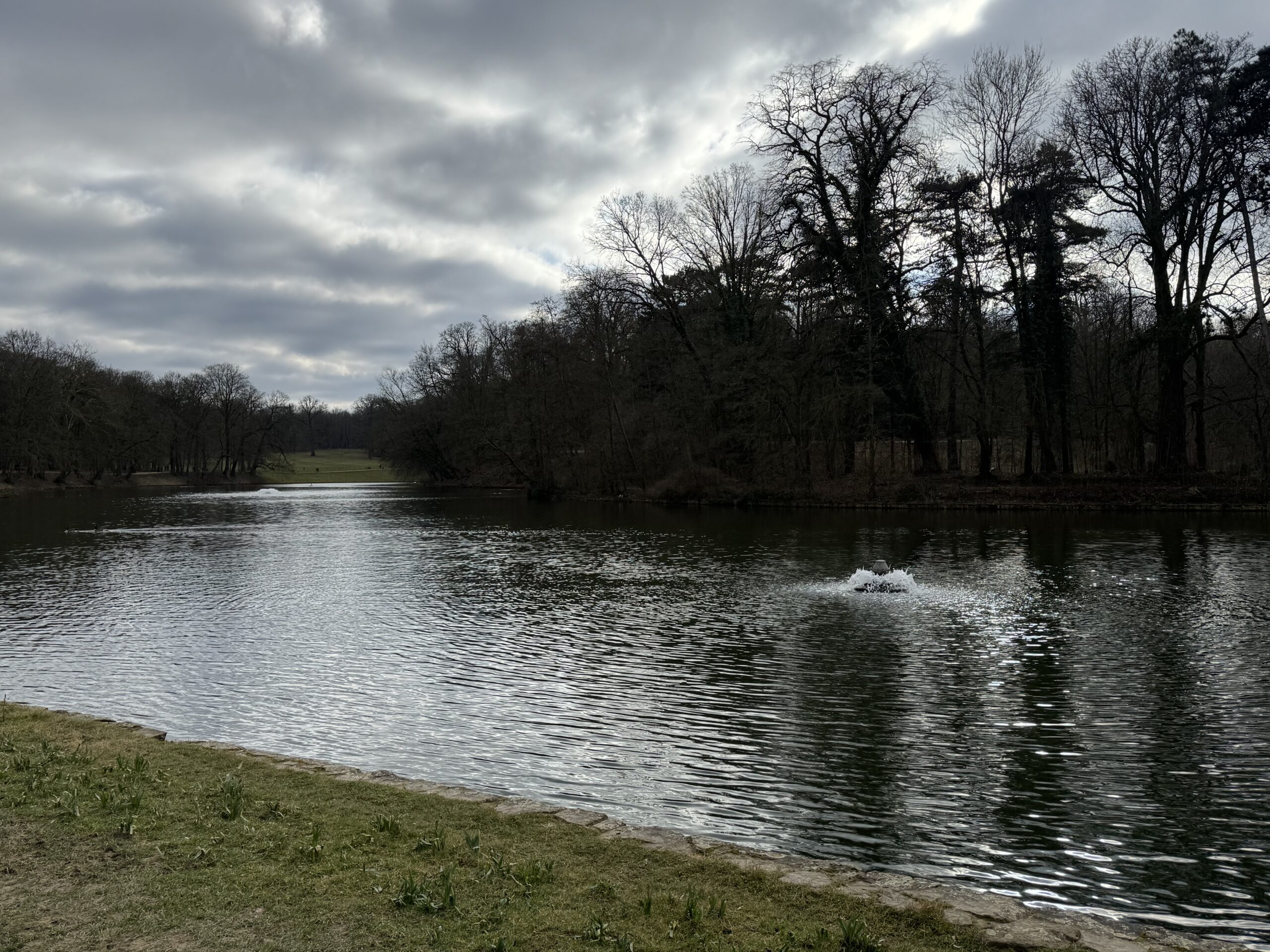
I had always understood that myopia (short-sightedness) was a genetic condition. So my need for spectacles as a child was apparently a natural consequence of my father needing to wear glasses.
Last weekend, I came across this article about how two studies (one in Taiwan and the other in Australia) had revealed that the more time children spent outdoors, the less likely they were to have myopia. Taiwan has one of the world’s highest rates of myopia, alongside most of east Asia and Singapore. As a result, in 2010, a Taiwanese government initiative recommended that children spend at least 2 hours a day outdoors, which resulted in significant reductions in myopia in children.
A major contributory factor would appear to be the pressure on children to study from an early age (especially in Asian countries). I loved to read as a child and, since we were encouraged to keep a notebook of the titles of the books we had read, was happy to compete with my classmates in the number of books I had read. However, it now seems that that is what led to my myopia during my early years, when my eyes were still developing rapidly.
In any case, this would seem to be another argument in favour of Rabindranath Tagore’s educational approach, where children followed classes sitting outdoors and were encouraged to have a close connection with nature. It would ease the pressure on children (from school, parents and their peers) to study relentlessly, especially in an era when this involves using screens.
In 2007, when we were making Kaberi’s Indian dance workout, Kaberi included some eye exercises which were part of her Kathakali dance exercises. At the time I was wondering why these would be useful for eye health.
Last summer, I came across an article about how Paul McCartney (who is now 82 years old) had said that ‘eye yoga’ had helped him to avoid needing glasses. The article went on to suggest that this was unlikely to work for everyone but included this video (originally from 15 years ago) in which Paul McCartney demonstrated the eye exercises he does, which he says he learned from someone during a visit to India. The exercises are similar to the eye exercises Kaberi included in her dance workout.
The article made me realise that neither of our Ayurveda doctors (Dr & Dr Mrs Pradyumna, who practice in Kolkata and Bengaluru) wear glasses, either for long distance viewing or for reading. So I asked Dr Pradyumna whether they do eye exercises and, if so, what they were.
He confirmed that they do indeed do the following eye exercises:
- Button sorting (10 minutes)
- ZNO tracking
- Palming (every 2-3 minutes when doing eye exercises)
- Trataka (described in the article last summer)
- “Zero filling”
- Near and distance focus while walking outdoors
He had also recommended that I walk at least 45 minutes each day, which was when I was supposed to be doing the last of these exercises.
Unfortunately, I have only been able to go for this daily walk since last Saturday – my first day without a series of meetings, usually online. I took the photo at the start of this post during that walk (while not wearing my glasses). I still need to include the other eye exercises in my daily routine but am curious see how my eyesight evolves, especially as it already seems to be better than it was a few weeks ago when I was having difficulty reading my computer screen with the same glasses.
